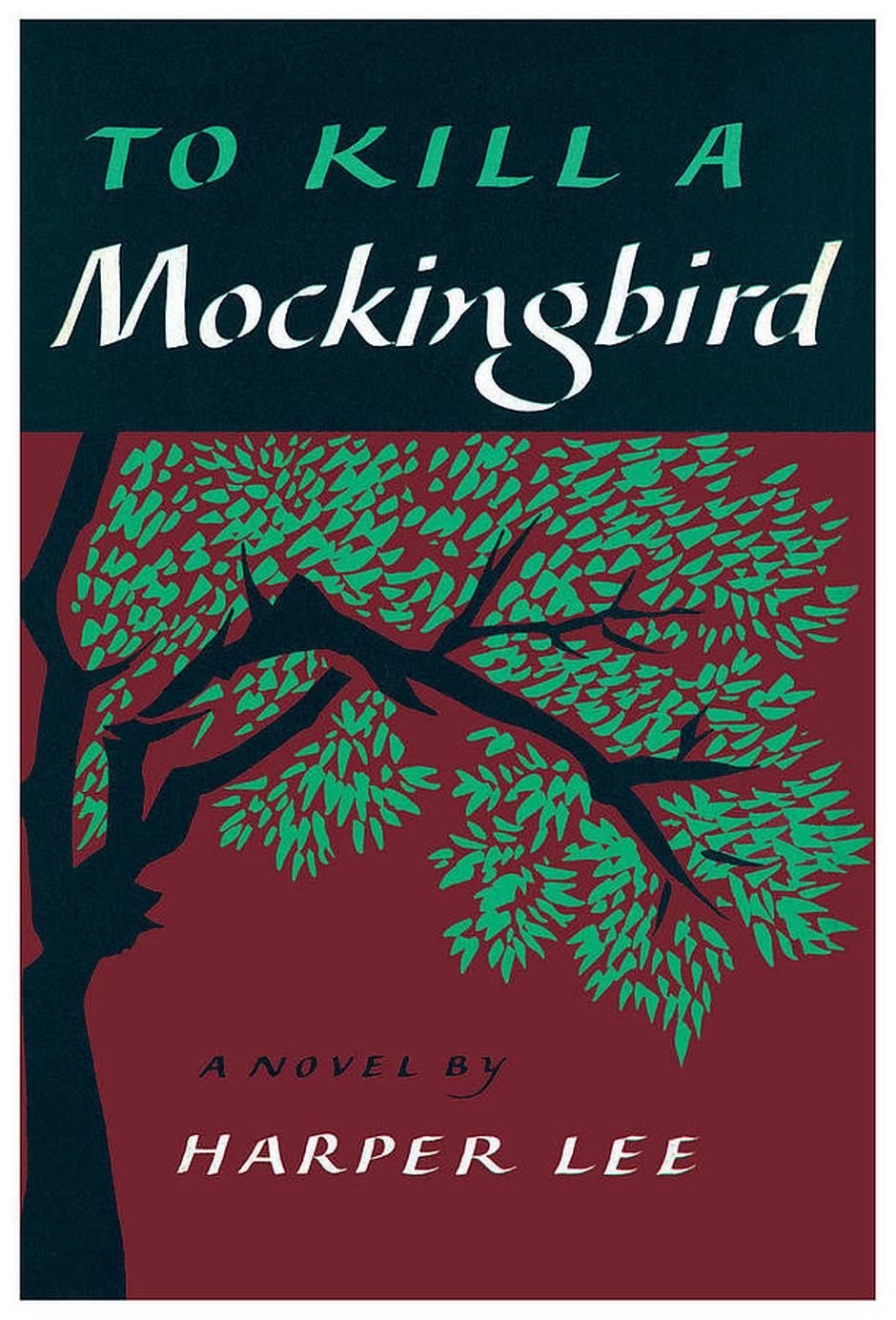What To Kill a Mockingbird Means to Me
Fifty years ago this month, Harper Lee published her American classic To Kill a Mockingbird. Set in the Deep South in the 1930s, the poignant story of racial injustice remains timeless. Its influence on my decision to take up civil rights law was profound.
Fifty years ago this month, Harper Lee published her American classic To Kill a Mockingbird. Set in the Deep South in the 1930s, the poignant story of racial injustice remains timeless. Its influence on my decision to take up civil rights law was profound.
As the son of an Alabama cotton farmer, I grew up 100 miles from Ms. Lee’s hometown of Monroeville, so it was easy for me to identify with life in the fictional town of Maycomb. The Tom Robinson incident in the book was representative of the type of “justice” African Americans could expect at the time. I became aware of this truth when I was still a teenager.
I remember the morning my father told me that Clarence Williams, a black man who drove a tractor on our farm, had been arrested for driving drunk. Over breakfast, he asked me to try to get Clarence out of trouble. When I asked Clarence what happened, he told me he had struck a concrete median after his car had a mechanical problem. He was dizzy from the collision when a state trooper stopped and pulled him out of the car. The trooper accused him of being drunk, hit him with a blackjack and took him to jail.
I thought all I needed to do was explain to the judge what happened. I’d always figured that if you told the truth, you’d receive justice. Clarence and I met with the judge – a justice of the peace who held court in his country store from behind the cash register – and we told him what happened. Without hesitation, the judged declared Clarence guilty and fined him $150, not a small sum considering Clarence was earning $5 a day.
That’s when I saw the reality of “justice” in the South – the same kind Harper Lee wrote about. As I grew older, I began to see more clearly the larger injustice at play, the very structure of the system of apartheid that kept men like Clarence from being equal in the eyes of the law to men like my father. How was it that I, a 16-year-old white farm boy, was sent down to the makeshift courtroom to get this African-American man out of trouble?
By the mid-1960s, during the height of the civil rights movement, I was practicing law in Montgomery, the birthplace of the movement. Congress passed landmark civil rights laws. And, of course, the Supreme Court had earlier struck down “separate-but-equal” schools. But everybody knew equality wasn’t at hand. Segregation was still all around us. Southern justice still amounted to fining or jailing the Clarence Williams of the world for being poor and black.
Along with my law partner, Joe Levin, I began taking on civil rights cases. Then we founded the Southern Poverty Law Center in 1971. Our suits in the late 1960s and 1970s were aimed at dismantling the institutional racism, the very architecture of Jim Crow segregation, that lived on even after Congress had acted. We fought for the poor and disenfranchised – the Tom Robinsons of the South.
Our early cases integrated the local YMCA, the Alabama state troopers and the Alabama Legislature. We improved prison conditions and defended three black men wrongfully charged and facing death sentences. I’m proud that we helped those innocent men go free, and we’ve helped as many people as possible since then.
Mockingbird’s lessons are as vital today as they were then.
Despite President Obama’s election, we’d be foolish to think that discrimination and racism are no longer a problem or that African Americans in our country enjoy the full measure of equality. There is still so much work to be done.
And there are new groups that are treated, in some respects, like the black sharecroppers of old. In the past few years, we have taken on the causes of migrant farmworkers and other immigrants. It’s not popular work, just as our early civil rights work wasn’t popular in the South. But I think all of us can agree that the exploitation and abuse of immigrants in the workplace – often by large corporations – just isn’t right. Everyone, no matter their immigration status, should be entitled to basic human dignity and fundamental rights.
The small-town life that Harper Lee wrote about in Mockingbird may be fading away, but many of the attitudes about race live on. Just as importantly, the deep, underlying structures of racism in our country have not been eliminated. On the 50th anniversary of Harper Lee’s classic, we must dedicate ourselves to the work that remains to be done.


